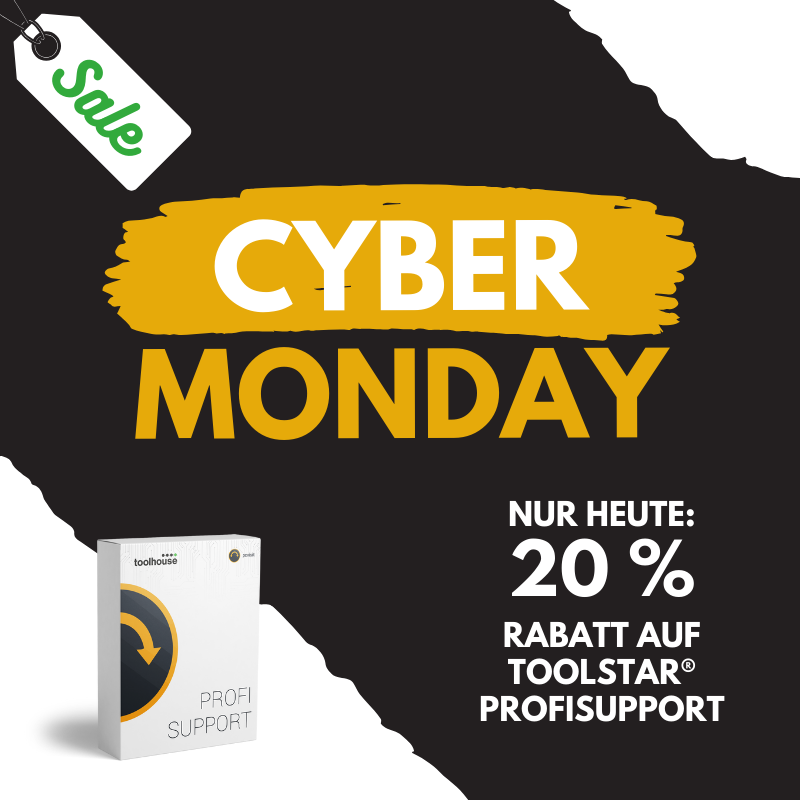In this article, you will learn how to unlock a password-protected hard drive. The article mainly focuses on how to remove password protection after deleting with toolstar®shredderLX. However, if you know the password for a hard drive, then the methodology used here will also work for all other hard drives that may not have been deleted with toolstar®shredderLX .
Background
Most of the time, the problem with password protected hard drives occurs after erasing with (Enhanced) Secure Erase. For more information, see the next section. If no firmware-based deletion methods have been selected, then no password needs to be set. The problem will not arise here. However, to completely erase SSD hard drives or hybrid HDDs, (Enhanced) Secure Erase should always be used if the medium supports this standard.
(Enhanced) Secure Erase procedure for SSDs
Enhanced Secure Erase or Secure Erase are two erasure standards that are supported by most SSDs. The two methods are so-called firmware-based sanitization methods. With these two methods, an internal deletion procedure is triggered using special controller commands. Depending on the manufacturer, a different procedure is used and the duration of deletion can vary significantly. Some implementations overwrite the entire disk with ZEROs and others delete only the security key. Since the process is installed directly by the manufacturer of the hard drive or firmware, this cannot be said with certainty. However, before the process can be initiated, the hard drive must be in a suitable location Security status and a password must be set. Only then can the (Enhanced) Secure Erase procedure be started.
Remove hard drive password protection
The hard drive password protection can be removed directly with the Linux supplied by toolhouse. However, removal using these instructions is also possible with any other Linux distribution. The following instructions are designed to ensure that only a single hard drive is connected to the device. If several hard drives are connected to the device, the path /dev/sda must be replaced. For example, disk number 2 could be named /dev/sdb. The best way to find out the virtual device path is to use the lsblk command.
- Start toolstar®testLX or toolstar®shredderLX on a device with the data carriers to be unlocked.
- On the quick start page (first loaded page of the main program), go to “Exit”.
- In the next submenu click on the “Go to Linux prompt” button.
- At the Linux prompt, enter the following command:
hdparm --user-master u --security-unlock PW /dev/sda - Confirm the command with Return.
- At the Linux prompt, enter the following command:
hdparm --user-master u --security-disable PW /dev/sda - Confirm the command with Return.
Once done correctly, password protection should be lifted. You may have to completely restart the device and therefore also the hard drive.
Alternatively, you can also use this script: download it here . This script can be called after starting on the console with ./unlock-security.sh. The script automatically goes through all connected data storage devices and tries to remove a possible password lock on them. By entering ./unlock-security.sh > log.txt the output can be written to a text file.
Preventative measures to avoid password protection
A hard drive is always protected with a password if the (Enhanced) Secure Erase process cannot be completed completely. By default, the password is removed again after complete and successful sanitization with (Enhanced) Secure Erase. This removal is part of the hard drive's programmed firmware. However, if the device or program is unexpectedly terminated during execution, the password will remain. Even if it is within toolstar®testLX or toolstar®shredderLX sometimes it looks like the process is hanging, you should let it continue. The hard drive only confirms the start and end of the process and does not issue an intermediate message. Only an estimated time to complete the process can be displayed. This time can be called up in advance from the hard drive information in the program. However, depending on the programming, a hard drive can take significantly longer and at 100% in toolstar® testLX or toolstar®shredderLX still have a few minutes left need.
- Do not simply restart the device
- Do not simply unplug the device.
- The program toolstar®testLX or toolstar®shredderLX do not end hard.
- Even if the progress display is 100%, wait some time (min. 10 minutes).




